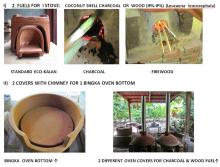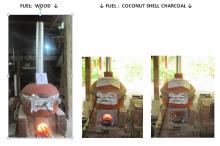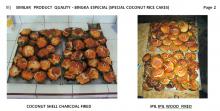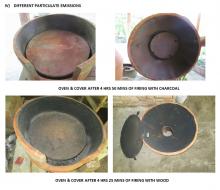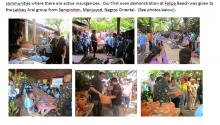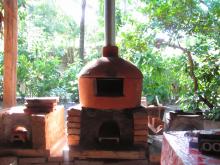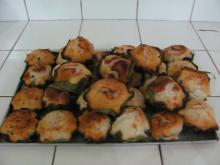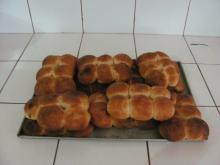Published on Mar 31, 2015
AIMS of the Eco-Kalan Project
To Improve the Health, Environment and Economics of Poor Communities
March 30, 2015
Dear Friends,
In the current video, I share with you the exciting developments from the partnership between the Eco-Kalan Project with the Negros Oriental Visayan Forum, the 79th Infantry Battalion and the 302nd Infantry Brigade of the Philippine Army in a livelihood program based on the Eco-Kalan and the Bingka Oven.
Since the Oct. 4, 2014 demonstration at Felipa Beach on Cooking with the Eco-Kalan and Baking with the Bingka Oven to members of SUMAPI Dumandan (http://youtu.be/RUYq7i1gQj4 ), we have learned and accomplished the following:
On December 14 -15, 2014, the Eco-Kalan Project and its partners
- set up an Eco-Kalan-C kitchen with Bingka ovens fired with wood and coconut shell charcoal and a traditional oven fired by wood for comparison; and
- officially launch the Eco-Kalan & Bingka Oven as a livelihood program for SUMAPI Dumandan under the Visayan Forum's umbrella.
In reviewing the interviews with SUMAPI members, guests and attendees at the launching, I learned about the limitations in the supply of coconut shell charcoal; restrictions in the production and supply of wood charcoal; and the seemingly unavoidable smoke when using wood as fuel for the Bingka oven. Smoke during baking can tarnish the appearance and taste of the baked product making it unmarketable.. And yet, wood is most often the fuel of choice when coconut shell or wood charcoal are not available or when wood is free for the picking.
I decided to make a clay stove which can function as a TLUD (gasifier) stove in phase 1 of the burn and as a charcoal stove in phase 2. That gave rise to the Whirly Pinay-S (2 kg wood capacity) and the Whirly Pinay-L (4 kg wood capacity) based on Kelpie Wilson's tin can Whirly Girl TLUD (Top Lit Upward Draft) stove. Our March 17, 2015 test runs with the large bingka oven using firewood in the improved Whirly Pinay (longer secondary air slits) produced clean, untarnished bingkas in all the 4 batches.

